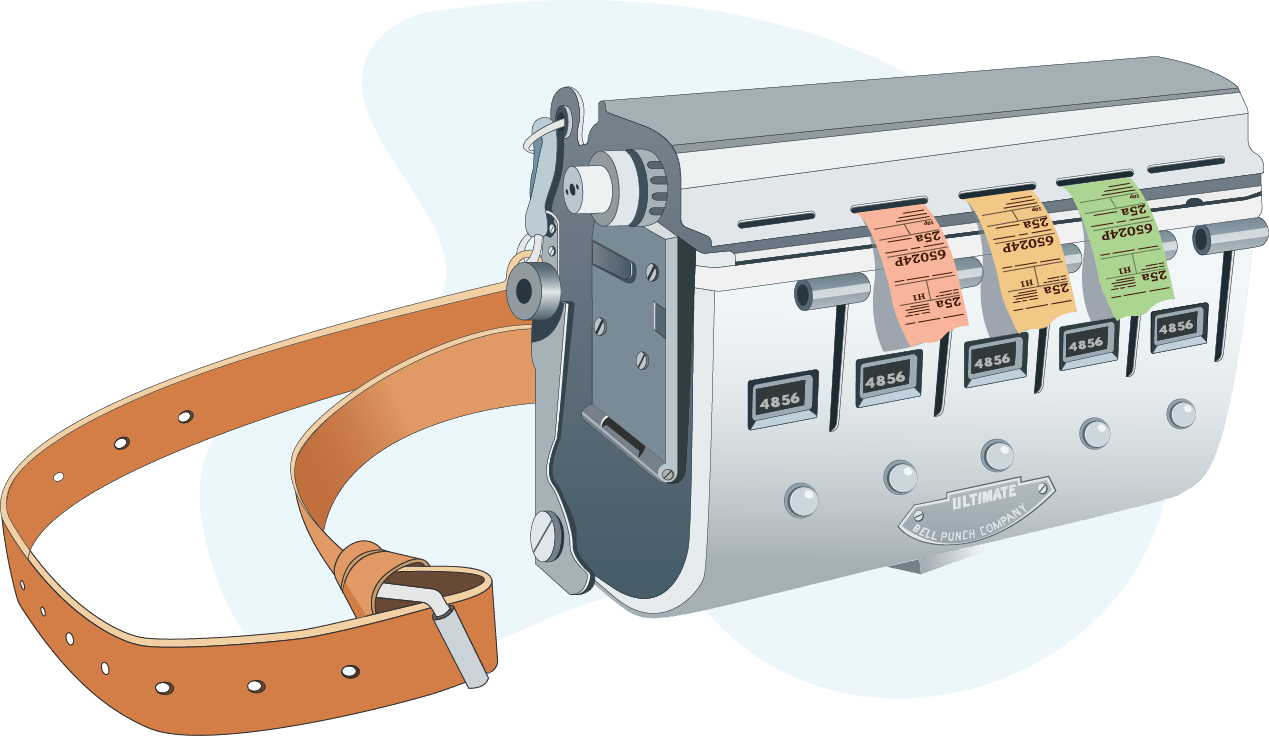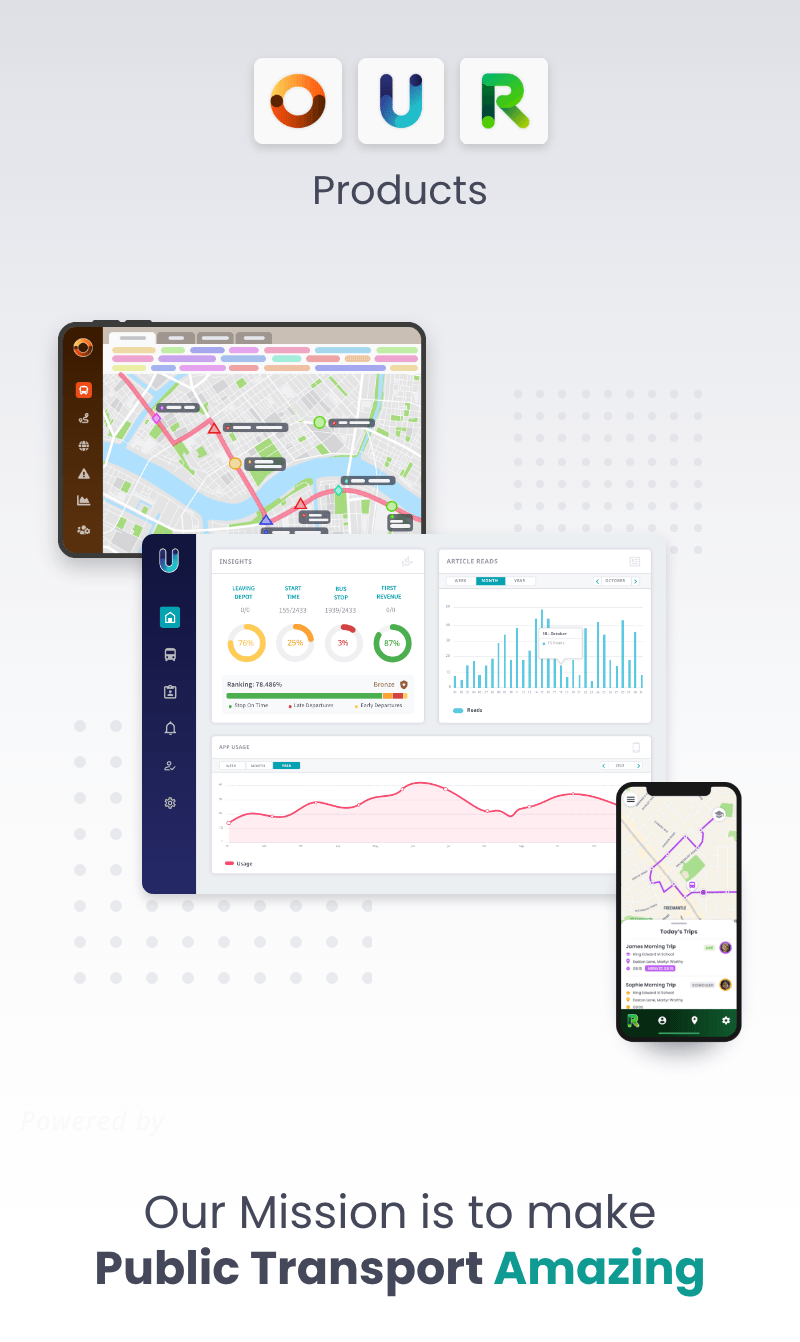Many moons ago, there used to be a modern-day fortune teller called Mystic Meg. She originally started doing horoscopes for The Sun and News of the World before making it onto TV. So? Well, what I hear you ask has any of this got to do with buses and public transport? Frankly, not a lot, other than that I’ve been doing a bit of research into what the future holds for the bus and coach industry, and hopefully it involves employing more women than it presently does, into the year 2030. Which, I’ve just realised, is when I’ll be 70 years of age and therefore the proud owner of an old person’s bus pass.
So, let us take a small step back in time to 2023. According to the Office for National Statistics (ONS), the bus industry across the UK employed about 123,000 members of the workforce, with, frankly, a paltry and disappointing 16% of the entire workforce being women, one of the lowest percentages of all transport modes. This highlights the clear inability of the UK bus industry to attract more women. Yes, there have been some notable exceptions, with Go-Ahead and some London-based bus companies bucking the trend.
Interestingly, back in the 1960s and 1970s, when bus companies employed conductors to issue tickets while the drivers focused solely on driving, the driver was effectively sealed in the cab at the front of the bus, isolated and unable to issue tickets due to the design of the vehicle. That all changed in the mid-1970s, when buses were redesigned so that the driver was located at the front of the bus opposite the doors. This resulted in drivers being paid more by the bus companies to issue tickets to passengers as they boarded, which, of course, removed the need for conductors and marked the end of the clippie once and for all.

Back then, the workforce was more equal, with over 50% of conductors being female (then known as “clippies”). They were called “clippies” because their role was to clip tickets using a bell punch ticket machine. This machine allowed them to punch holes in passengers’ tickets to indicate the fare stage at which they boarded. Interestingly, clippies first started working on the buses during the First World War, beginning in 1916, due to a shortage of men who had been conscripted to fight.
Indeed, if you ever visit the excellent London Transport Museum, there is a fascinating exhibition called Ellen Bulfield: A Clippie’s War. Interestingly enough, over 900 buses actually went to war. Most were converted into troop carriers, some became mobile gun platforms, and one was even turned into a pigeon loft, allowing important messages to be communicated to command posts. Meanwhile, the proportion of women working on the buses continued to grow throughout the duration of the war. However, not all was plain sailing. In 1918, there was a proposal to pay male staff five shillings a week more than women as a war bonus, because, allegedly, the men were “more at war” than the women.
As a result, the women at Willesden depot went on strike, quickly followed by other depots around London and beyond, including Acton, Archway, Bath, Bristol, Birmingham, Hackney, Holloway and Hastings. In the end, 18,000 of the 27,000 female conductresses were out on strike. At the time, much was made of a meeting where women brought their children and sandwiches and “made a day out of it”. Eventually, with female munitions factory workers joining the bus workers, the dispute was resolved. A week after the “big day out”, the female bus staff were awarded the five shilling bonus, although sadly the concept of equal pay was not accepted.
So, what would Mystic Meg make of any potential progress made to employ more female bus workers by 2030? I’m sure she would agree with the proposal by the Women in Bus and Coach initiative to tackle the under-representation of women, not just in the bus industry, but across the transport sector as a whole. Led by the UK Bus Centre of Excellence (of which I am a proud advisory board member), the idea is to encourage new talent while breaking down the barriers faced by women entering the sector by creating a safe and inclusive space for both new joiners and existing workers.
Made up of industry leaders, the scheme creates a forum where companies can come together and share expertise and best practice. This great and noble initiative has already been endorsed and supported by many UK bus companies, including First Bus, Abellio, Volvo and Arriva. Either way, I am sure that Mystic Meg would wholeheartedly approve, as do I.

Written by Austin Birks






